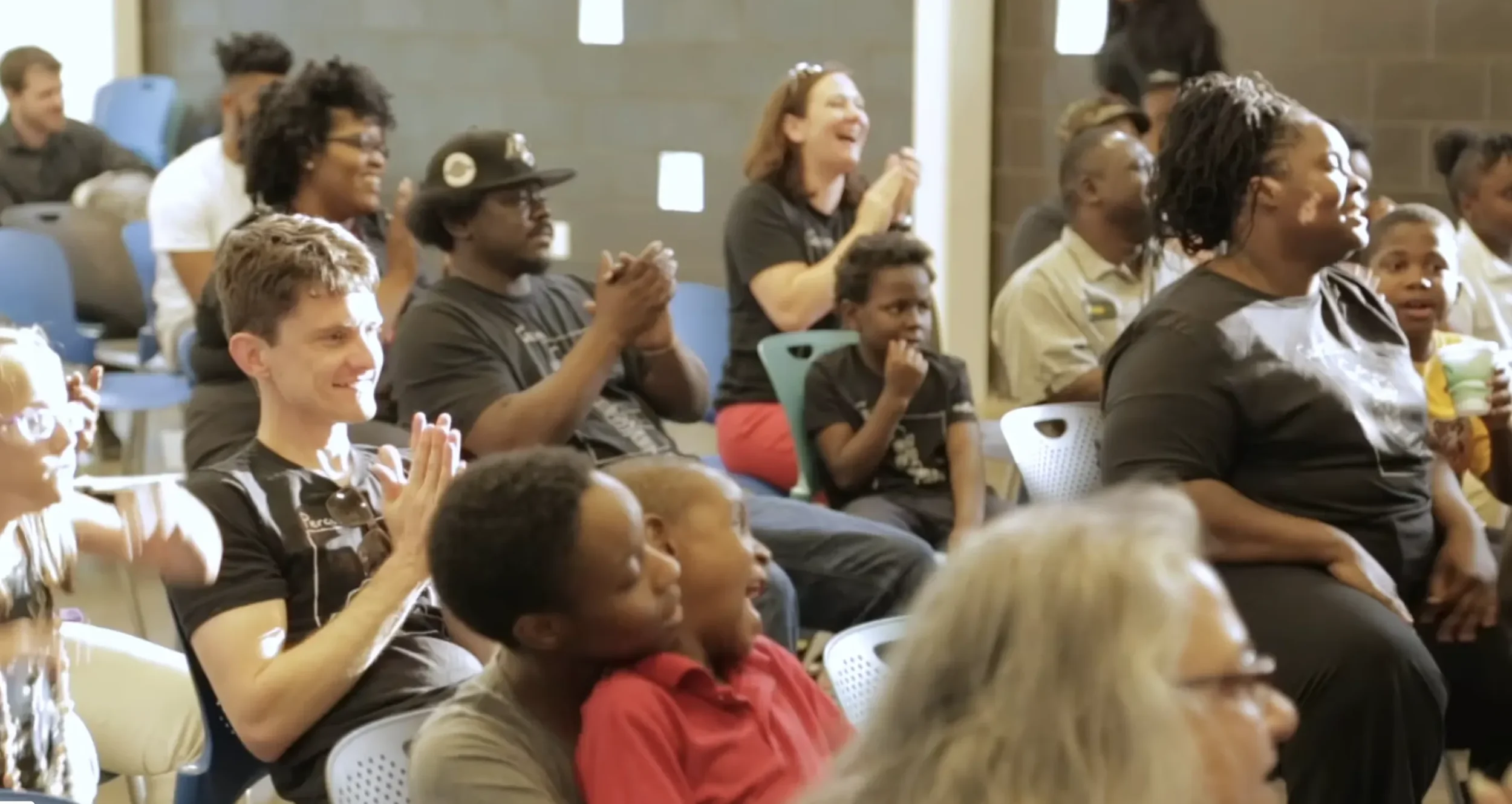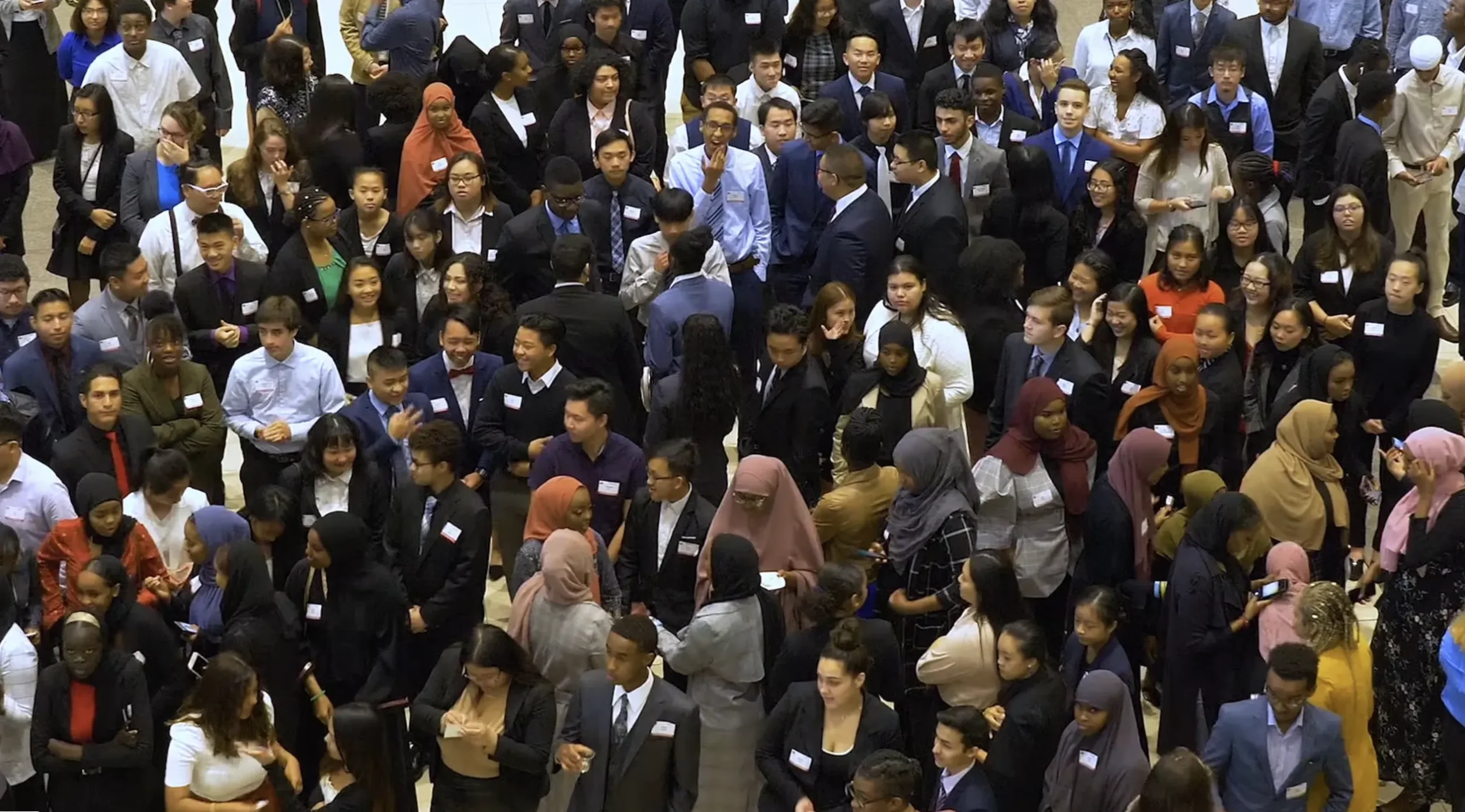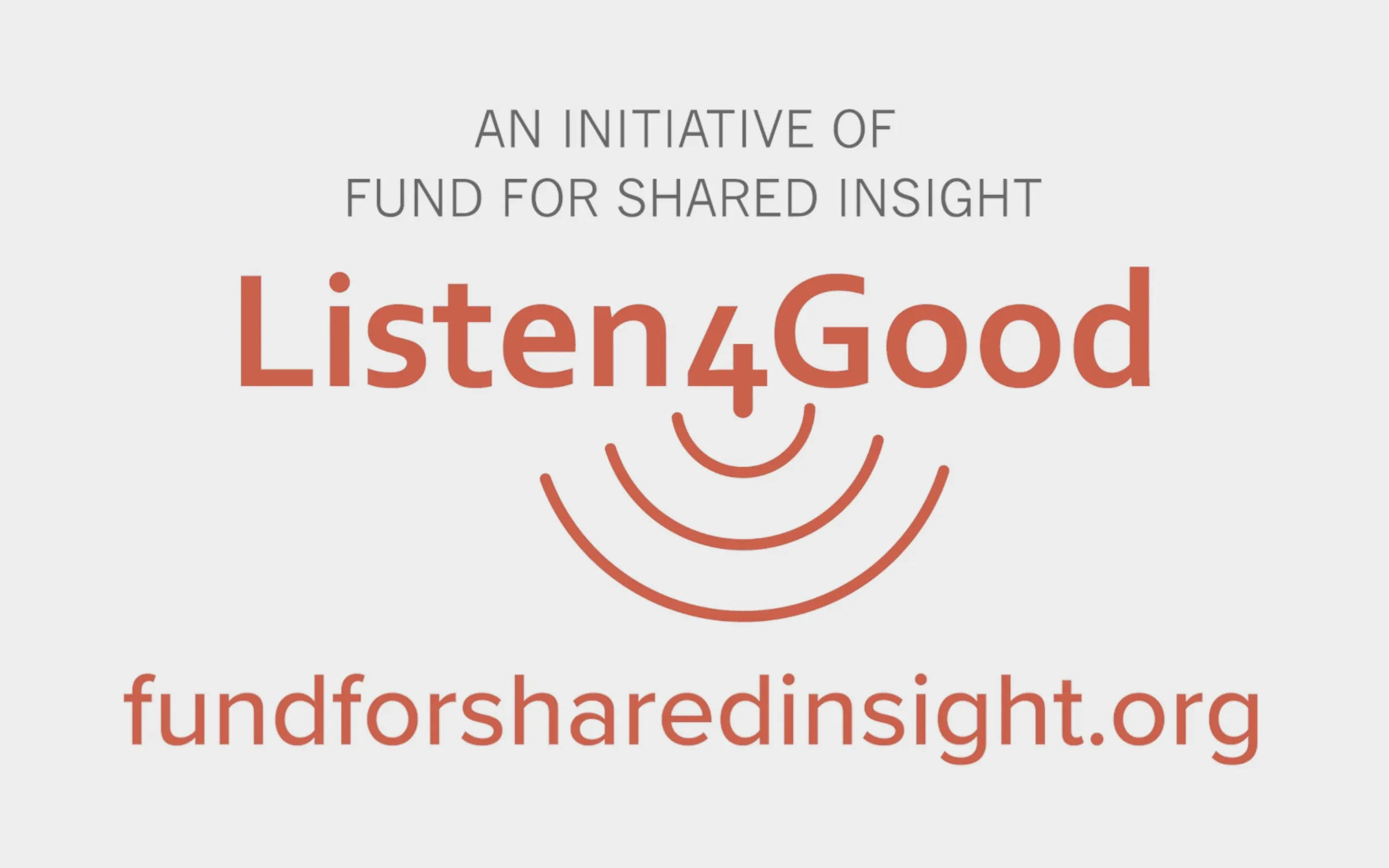Government data should seek to be representative of the array of people they are meant to serve. However, data collection often fails to paint an accurate picture of a population’s most marginalized, vulnerable communities. How might citizen-led data collection correct for this, making national averages more illustrative of the lives of all communities?
This is a question that the International Civil Society Centre, in collaboration with its Indian partners from Wada Na Todo Abhiyan (Don’t Break Your Promise), is seeking to answer. The ICS Centre exists since 2007 to support international civil society organizations in their work of creating more sustainable, equitable societies. Wada Na Todo Abhiyan is an Indian campaign with more than 3.000 local member organisations that seeks to collect ethical, representative data about marginalized communities in India so that their needs can be considered and included in the implementation of sustainable development goals (SDGs).
Together, the ICS Centre,Wada Na Todo Abhiyan and more than 50 other organisations and platforms at the international and national level form the Leave No One Behind partnership, which is working to create equitable community-driven data and leverage it for change. Their joint mission is “Making Voices Heard and Count”.
The ICS Centre and WNTA recently came to the LabStorm to discuss how they might improve their citizen-driven data collection to ensure they are meeting high ethical standards, while the interviewees feel comfortable being transparent. They also asked for advice on getting data recognized by local officials. Finally, they wanted advice on making connections for financial support, as they scale their initiative beyond the pilot phase from 5 to 10 countries from both the Global South and the North. The LabStorm attendees brought a lot of great ideas to the table. Here’s what they suggested:
1. Create a comfortable interview environment for honest results. WNTA trains citizens and community-based organisations (CBOs) to collect data from marginalised groups through in-person visits where they answer a series of questions. WTNA has worked carefully to build a trusting, comfortable interview environment. Interviewers are community members who have already built trust and a rapport with the community they are interviewing, and interviews are conducted on a voluntary basis. LabStorm attendees had additional suggestions for creating a comfortable interview environment. Families are often interviewed together, but some people may be hesitant to discuss certain subjects around family members. Interviewing people separately may allow them to feel like they can be more open. Similarly, youth may feel intimidated by adults gathering information about them. If youth interview other youth, they may be inclined to be more candid.
2. Bring communities and governments together. Once the data has been gathered and analyzed, it’s important to share it with the government so that they can use the data to enact change. Where possible, town halls are a good way to bring communities together with local officials. Such a platform helps to mitigate areas where citizens may otherwise feel powerless over their information. Having citizens and members of government in the same room to discuss the data can give individuals and communities a sense of ownership over their data, and it allows them an opportunity to advocate for themselves. Putting faces and stories with gathered data transforms it from being about sheer numbers to being about real people. The community dialogues that WNTA is currently leading will also be used by the Indian nodal agency for the SDGs, NITI Aayog, to compile a highlight chapter on leave no one behind in India’s 2020 Voluntary National Report (VNR).
3. Make it easy for officials to visualize and share community data. Officials advocating for their communities need visual data to present to other decision-makers. This helps them make a strong case for the changes the people want and need. LabStorm attendees suggested that, on the local level, WNTA could provide officials with simple print-outs with community data. These would help officials understand the data and use it to advocate for change. Additionally, since many government officials are concerned with acheiving SDGs, framing the data to highlight progress towards the SDG’s will better align the data with each individual official’s job description and goals. On the international level, the ICS Centre is working to offer data from each of their projects in an anonymized and highly visual way so that national officials can get a birds-eye view of their SDG attainment that includes marginalized community data. By combining visual print outs for local officials, and a visual online platform for national officials, the ICS Centre ensures that decision-makers cannot ignore data from marginalized communities.
This LabStorm reminded us of the importance of bridging the gap between citizens and governments. A flow of data and communication between the two helps ensure that a government understands the needs of the varied communities they serve. Do you have experience with citizen-led data collection, connecting citizens with governments, or curating financial resources for a rapidly-scaling pilot project? If so, leave a comment below, or send a note to [email protected].




